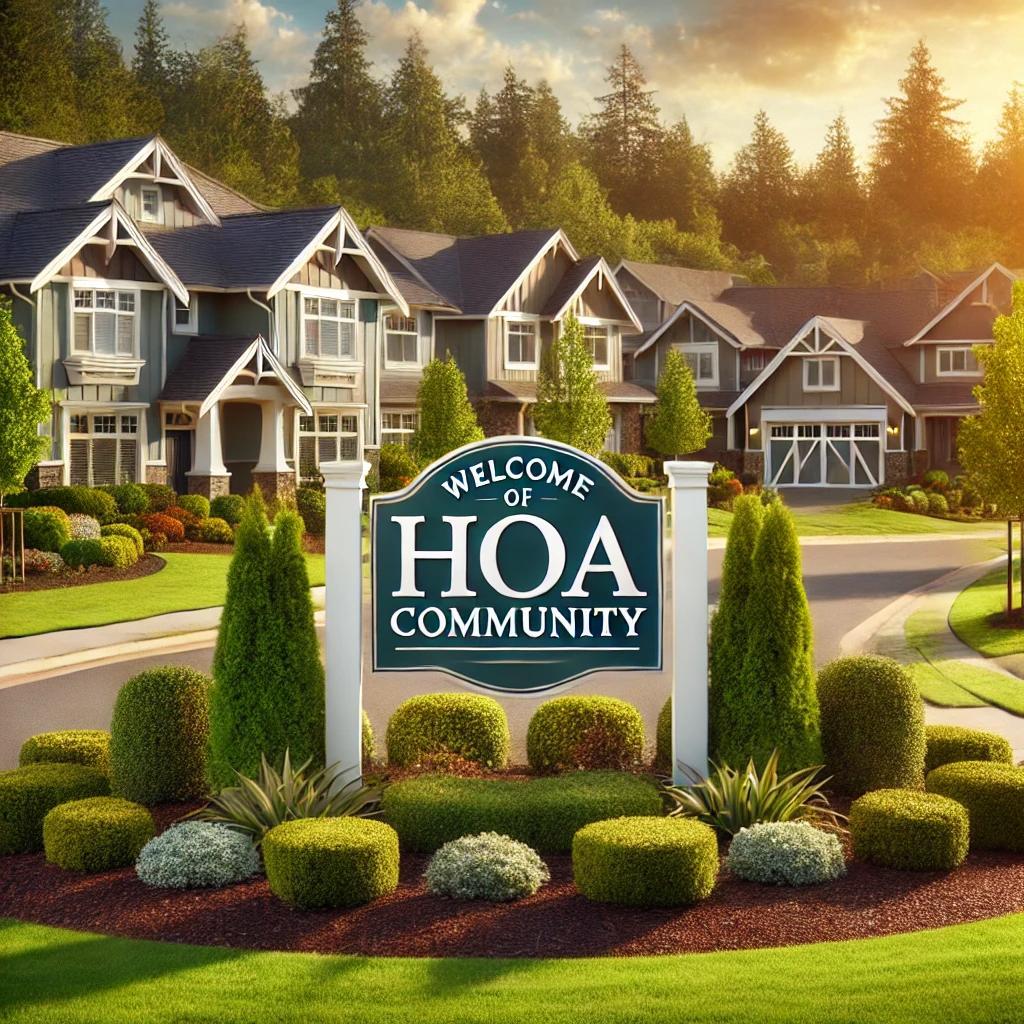Why Homeowner Associations Are Vital

Homeowner associations (HOAs) play a crucial role in defining residential communities across the United States. These organizations manage everything from property appearance to community amenities, significantly impacting residents. But what exactly drives the existence of homeowner associations, and how do they function?
The Purpose of Homeowner Associations
HOAs fundamentally aim to uphold community aesthetics, property values, and residents' quality of life. Acting as local governing bodies, these associations establish and enforce rules that all members agree to follow. Typically, the rules include guidelines on property upkeep, architectural standards, noise levels, and pet policies.
By creating and adhering to these regulations, HOAs strive to foster a unified and appealing living environment. This not only helps in maintaining property values but also promotes a shared sense of pride among residents.
The Origin of HOAs
The concept of homeowner associations dates back to the early 20th century, coinciding with the rise of planned communities and suburban growth. As urban areas expanded, developers recognized the need to manage these new residential areas effectively and sustain shared spaces.
To address this, developers formed HOAs to oversee community governance. They collected maintenance fees and set rules to ensure a consistent standard of living within the neighborhood.
Assessing the Pros and Cons of HOAs
Like any institutional framework, homeowner associations have both benefits and drawbacks.
Advantages:
1. Access to Community Amenities
Community amenities greatly enhance residents' lifestyles by facilitating social interaction and leisure activities. Amenities like swimming pools, parks, and recreational centers are common features offered by many HOAs, enriching the community experience.
2. Standardized Property Maintenance
One primary reason for the existence of HOAs is ensuring the community maintains a high standard of property care. This includes individual homes, shared facilities, and common spaces, helping to preserve the neighborhood's allure and safeguard property values.
a. Exterior Upkeep: HOAs usually set standards for property exteriors, including landscaping, painting, and general maintenance. By adhering to these guidelines, properties remain visually appealing, fostering pride among homeowners.
b. Shared Space Maintenance: HOAs are also responsible for maintaining communal areas like parks and playgrounds, ensuring they are clean and well-kept, enhancing residents' quality of life.
c. Infrastructure Care: Managing community infrastructure like roads and sidewalks is another HOA duty, ensuring functional and safe environments while preventing future costly repairs.
3. Mechanisms for Dispute Resolution
HOAs often play a crucial role in resolving conflicts between neighbors, thus maintaining community harmony. They enforce community rules and can impose penalties or legal actions for violations, such as non-compliance with property standards or disruptive behavior.
Drawbacks:
Loss of Autonomy: Some homeowners may feel constrained by HOA rules that dictate property use, potentially limiting personal freedom in favor of community uniformity.
Fees and Assessments: Living under an HOA often involves paying recurring fees for community upkeep, which, while sometimes seen as a burden, also reflect the benefits of living in a well-maintained environment.
Restrictive Policies: At times, HOA rules may appear too stringent, causing dissatisfaction. However, homeowners can often request policy changes through dialogue with their association’s board.
HOA Trends in the United States
Recent data indicates that about 26% of Americans reside in HOA-managed communities, a figure that has risen as more planned communities are developed. The average monthly fee for HOAs in the U.S. typically ranges from $200 to $300, depending on location, community size, and amenity offerings.
In essence, homeowner associations aim to preserve order, maintain property values, and enrich living conditions in residential areas. Although they offer numerous benefits like amenities and property care, they also entail certain limitations and costs. By understanding HOAs' role and function, individuals can make more informed decisions regarding their living situations and participation in community governance.





